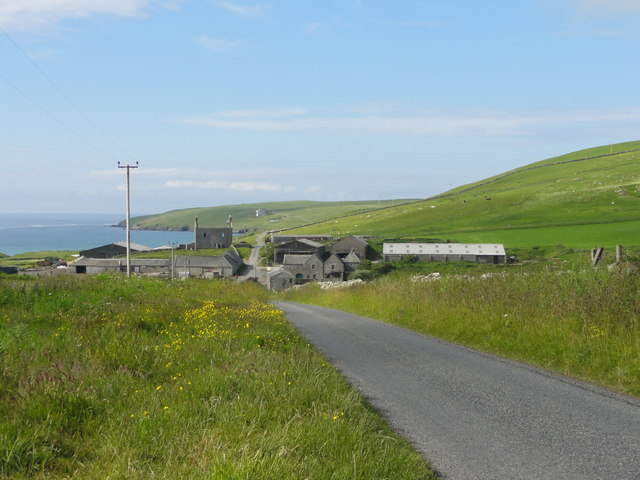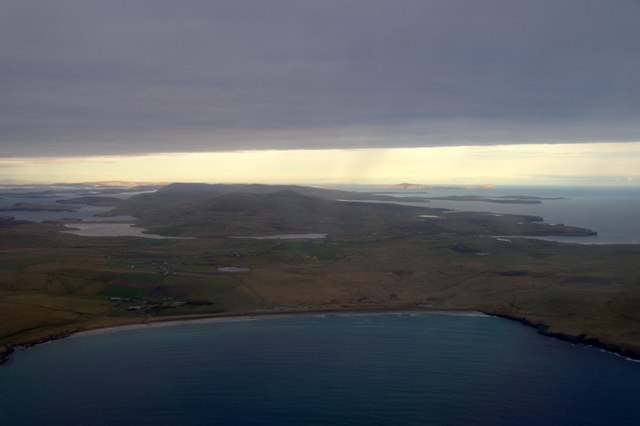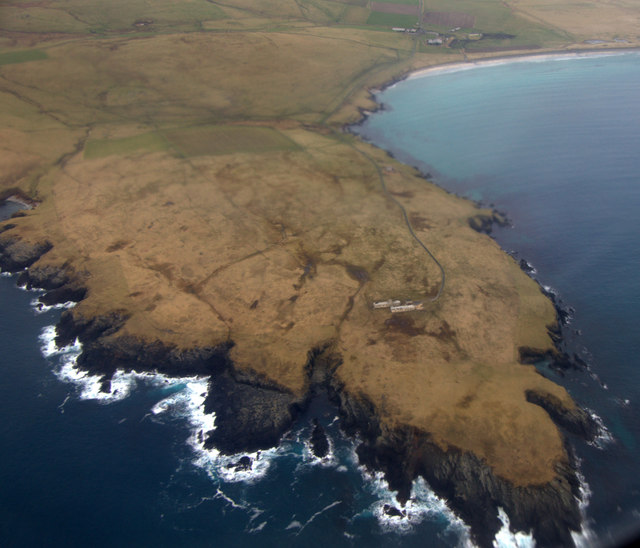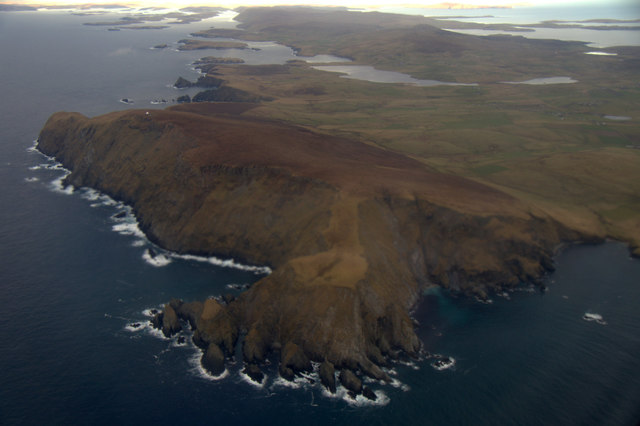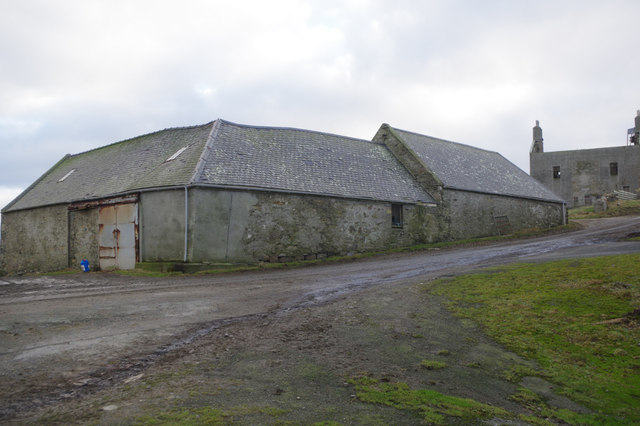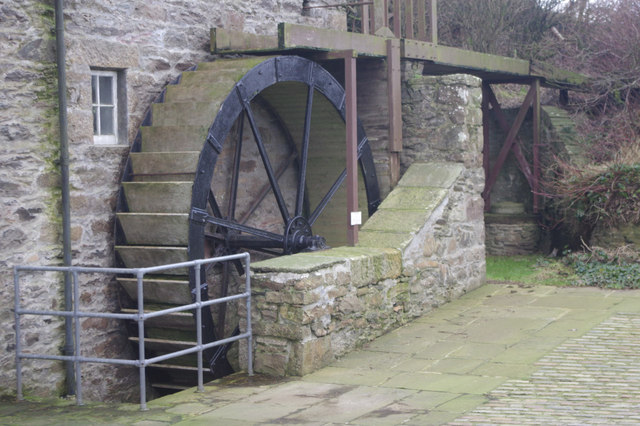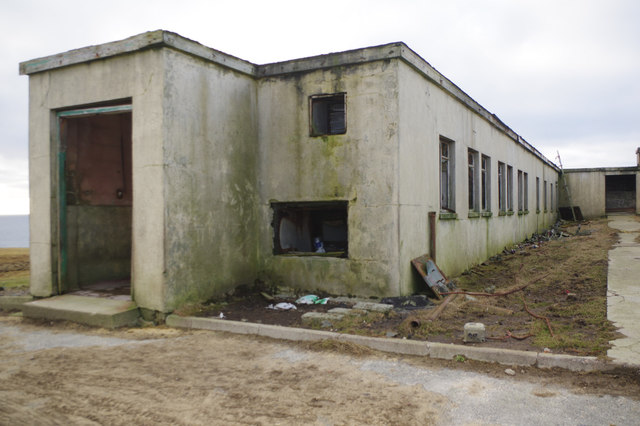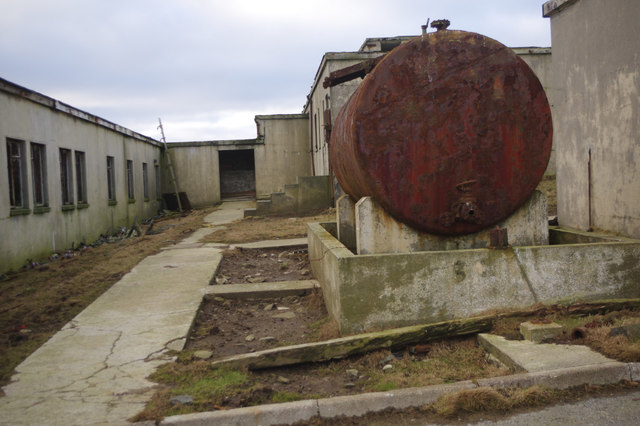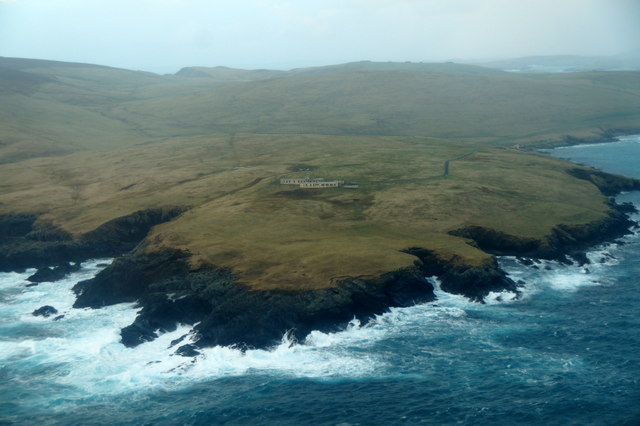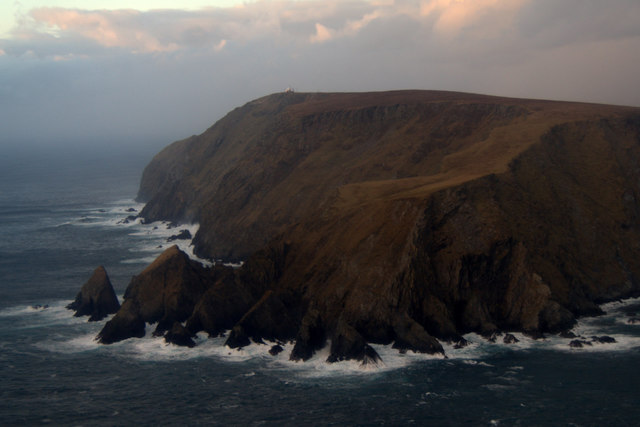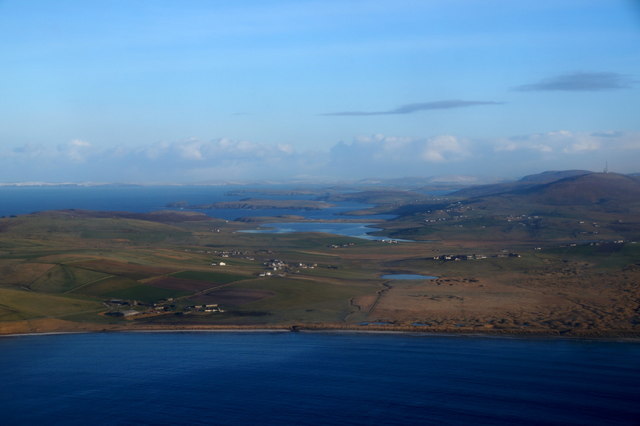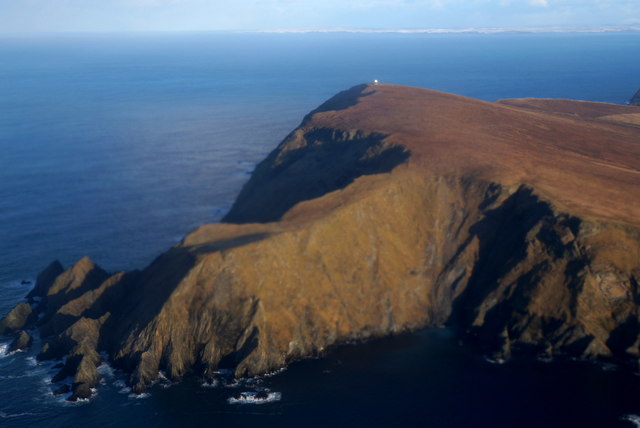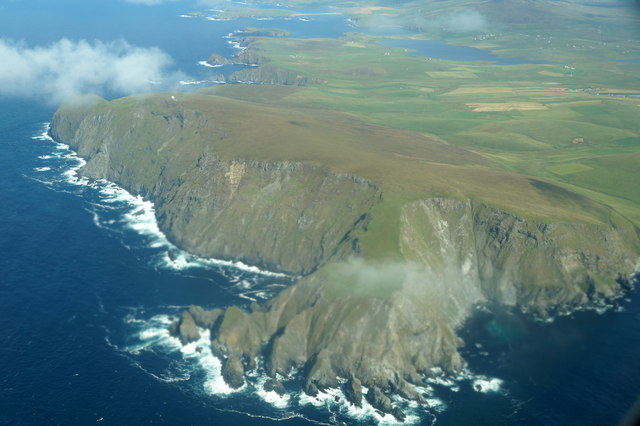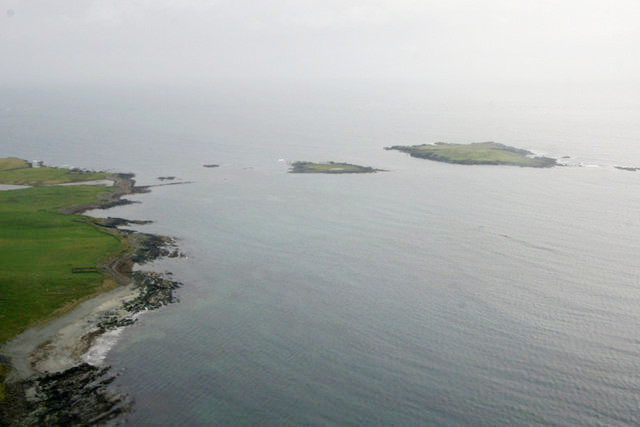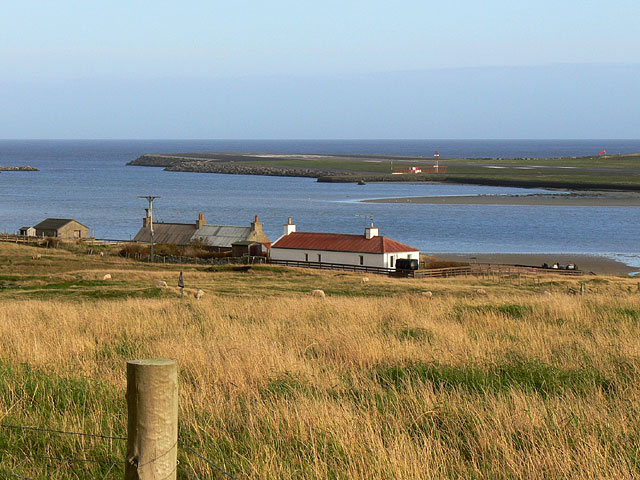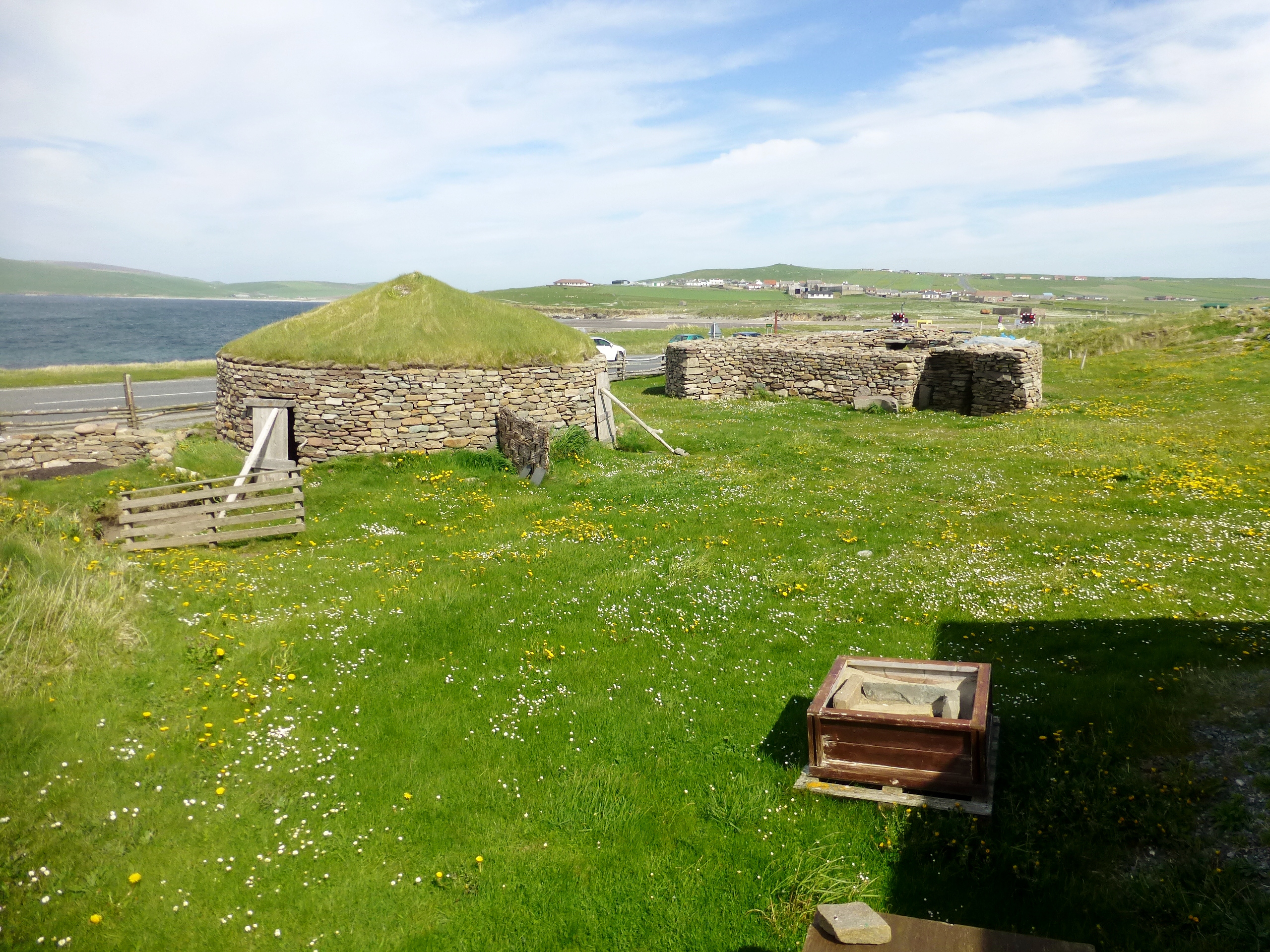Blo Geo
Coastal Feature, Headland, Point in Shetland
Scotland
Blo Geo
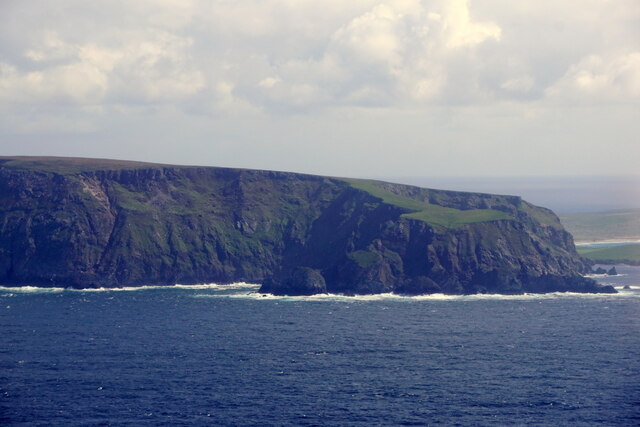
Blo Geo is a prominent coastal feature located on the Shetland Islands, an archipelago in Scotland. It is a headland that juts out into the North Sea, forming a distinctive point along the rugged coastline.
The headland is characterized by steep cliffs that rise dramatically from the sea, creating a striking and picturesque landscape. These cliffs are composed of various types of rock, including sandstone and shale, which have been shaped by centuries of erosion from the powerful waves and winds. This erosion has given the headland its unique shape and features, such as caves, stacks, and arches, which add to its natural beauty.
Blo Geo is known for its diverse wildlife and is a haven for seabirds, including puffins, guillemots, and razorbills, which nest on the cliffs during the breeding season. The surrounding waters are also home to a variety of marine life, such as seals and dolphins, providing ample opportunities for wildlife enthusiasts and photographers.
The headland is a popular destination for outdoor enthusiasts, offering stunning coastal walks and panoramic views of the surrounding seascape. Visitors can enjoy the tranquility of the area, as well as the opportunity to explore the nearby beaches and coves. The rugged terrain and unique geology of Blo Geo also make it a popular spot for rock climbing and bouldering.
Overall, Blo Geo is a captivating coastal feature on the Shetland Islands, showcasing the raw beauty and natural diversity of this remote and pristine landscape.
If you have any feedback on the listing, please let us know in the comments section below.
Blo Geo Images
Images are sourced within 2km of 59.888953/-1.3571965 or Grid Reference HU3611. Thanks to Geograph Open Source API. All images are credited.


Blo Geo is located at Grid Ref: HU3611 (Lat: 59.888953, Lng: -1.3571965)
Unitary Authority: Shetland Islands
Police Authority: Highlands and Islands
What 3 Words
///acoustics.trailer.gravel. Near Sumburgh, Shetland Islands
Nearby Locations
Related Wikis
MV Braer
The MV Braer was an oil tanker which ran aground during a storm off Shetland, Scotland, in January 1993, and nearly a week later broke up during the most...
Fitful Head
Fitful Head is a 283-metre-high (928 ft) headland at the southwest corner of Mainland, Shetland, Scotland, some 6 kilometres (3.7 mi) northwest of the...
Lady's Holm
Lady's Holm is an island off southern Mainland in the Shetland Islands. It is not to be confused with the Maiden Stack, which is also known as "Frau Stack...
Little Holm, Dunrossness
Little Holm is a small island to the west of South Mainland in Shetland. It is near Scatness and Lady's Holm. A trawler was wrecked there in 1916. ��2...
Toab, Shetland
Toab is the southernmost village on Mainland, Shetland, Scotland. It is part of Virkie and overlooks Sumburgh Airport. Toab is within the parish of Dunrossness...
Old Scatness
Old Scatness is an archeological site on Scat Ness, near the village of Scatness, in the parish of Dunrossness in the south end of Mainland, Shetland,...
Virkie
Virkie is the most southerly district of Shetland, other than Fair Isle and is best defined as the area south of the Ward Hill in Dunrossness, also locally...
Scatness
Scatness is a settlement on the headland of Scat Ness at the southern tip of Mainland, Shetland, Scotland, across the West Voe of Sumburgh from Sumburgh...
Have you been to Blo Geo?
Leave your review of Blo Geo below (or comments, questions and feedback).
